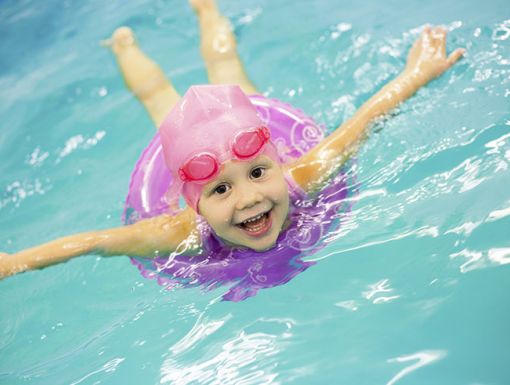
What Causes Swimmer's Ear? The Ultimate Guide from an ENT
Splish splash! Playing in the water or participating in aquatic sports brings these sounds to life and reminds us of our favorite summer pastimes. Keeping your family healthy is important and nothing is worse than having your fun ruined by an ear infection.
Swimmer’s ear is a bacterial or fungal infection of the outer ear, which runs from your eardrum to the outside of your ear canal. While common in children, swimmer’s ear can affect people of all ages.
Contrary to the name, this infection can occur without hitting the pool. It is also called “otitis externa.’’ While excessive wetness in the ear canal is a common cause, trauma to the ear canal, like a scratch from a fingernail or irritation from a Q-tip, can be culprits.
Don’t let swimmer’s ear (otitis externa) spoil your summer fun. Here’s what you need to know to keep your ears dry and infection-free!
What causes swimmer’s ear?
- Being in warm, humid places
- Harsh cleaning of the ear canal
- Trauma to the ear canal
- Foreign body in the ear canal
- Excess ear wax
- Eczema and other forms of dermatitis
What are symptoms of swimmer’s ear?
- Redness of the outer ear
- Itching in the ear
- Pain, especially when moving the ear lobe
- Drainage from the ear
- Swollen glands in the upper neck or around the ear
- Swollen ear canal
- Muffled hearing or hearing loss
- Full or plugged-up feeling in the ear
- Fever
How is swimmer’s ear treated?
Swimmer’s ear is typically diagnosed with an otoscope, a lighted instrument that helps examine the ear and aids in the diagnosis of ear disorders. This can determine whether there is an additional infection in the middle ear, called otitis media. Sometimes, a culture of the ear is helpful to determine what kind of bacteria or fungus is growing.
Treatment will typically include:
- Suctioning the ear canals (“debridement” is often necessary a few times to fully clear the infection)
- Antibiotic, antifungal, and steroid ear drops
- Antibiotic, antifungal and steroid topical powders placed in the ear canal
- Pain medication
- Keeping the ear dry, as directed by your child's healthcare provider
How can you prevent swimmer’s ear ?
- Keep ear canals dry
- Use ear plugs for swimming or bathing
- Avoid trauma to your ear canal
- After swimming, rinse the ear with equal parts white vinegar and rubbing alcohol mixed together. Be careful, if the skin is already damaged, this can cause a burning sensation!
How do you remove water from the ear?
Here is a tip for how to keep water out of your ears, if you feel like after you bathe or swim, there is water stuck in your ears. A good way to help dry out your ear canal is to hold a hair dryer at arm’s length from your ear, and place it on the cool setting. The extra airflow will help dry you ear canal and prevent that moisture buildup that can cause otitis external.
If you or your child is experiencing symptoms of swimmer's ear, be sure to contact a doctor in your area, or you can make an appointment online with an Ochsner physician.
Learn more about pediatric ENT Maria Carratola, MD



